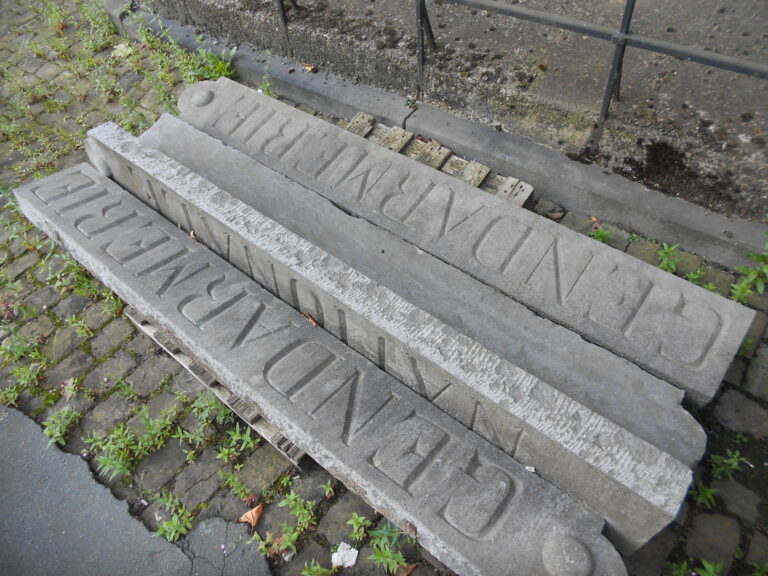The police rely on specific equipment to carry out their missions. These many objects are both usual and symbolic of police authority. Think of the uniform, to armament, with batons or handcuffs, but also to the vehicles used, to everyday objects, administrative work or used during ceremonies, these are as many material traces whose evolution can be a gateway to the history of police institutions. The history of these multiple objects is essential. These are in particular elements that allow what the police have the capacity to do (means of communication, means of transportation, armament ...). Equipment is indeed a variable in the equation of police action and methods. Wider, these objects reveal a lot about the square and the font representations in the society. They must be identified, date them, understand their condition of onset. But it is also necessary to update the uses - or the misuse - which are made of these objects in the daily police force.. Finally, their perception, both by the police and by their clientele, must be questioned.
The theme of police materiality also covers other areas. It relates in particular to the constitution by the police of collections of objects, often gathered in "crime museums", or "police museums". Once again, the history of the development and use of these collections is stimulating. By whom and why are they made up? These cabinets of curiosities have an ambiguous status between being open to the public or limiting their access to a public of insiders only., to avoid the contagion of the strategies of the criminals. This comes in particular from their multiple functions; they strengthen institutional memory, they participate in "training" the new recruits of the police forces by their exemplary character. It is estimated that police "know-how" is largely based on the experience and vision of objects with which the elders have been confronted. (special events, faux, weapons, fraudulent material).
Finally, police materiality is anchored in the geography. The methods of control and squaring of the territory are in fact based on a set of places "occupied" by the police, especially built. Barracks, commissariats, schools, gatehouses and other supports of police activity have multiple functions. Besides their practicality, they carry a symbolic discourse intended both for the police and for the populations. We can analyze the chronology of their development as so many markers of places to be monitored or protected., but also their location in the city and of course, their architecture.
